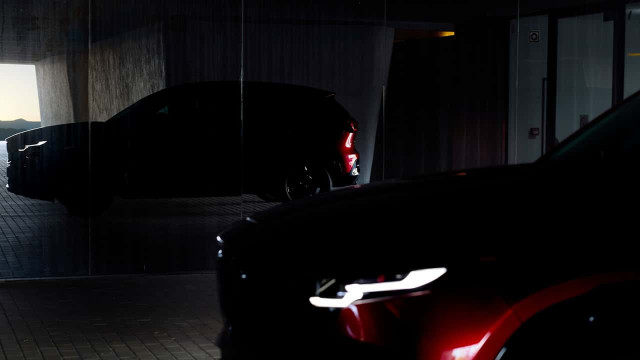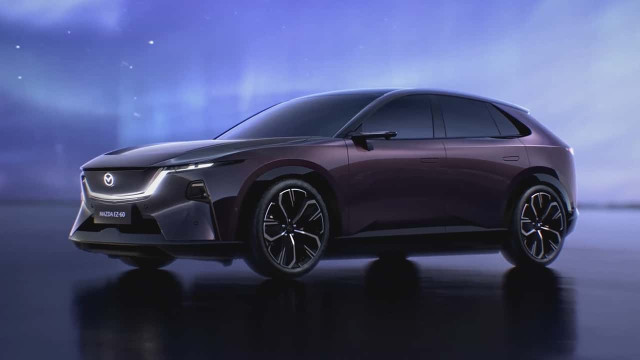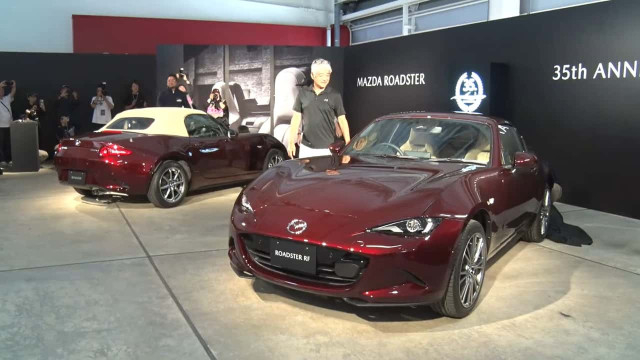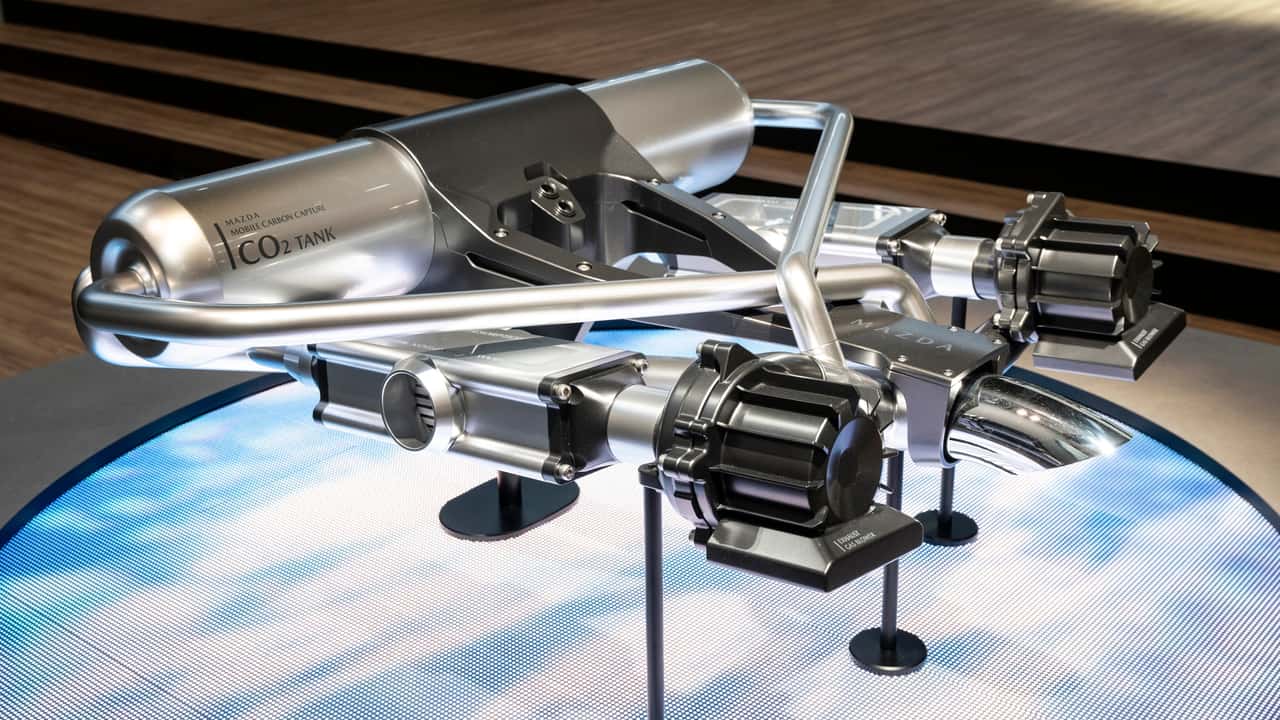Mazda Pursues Emission-Recapturing Tech and Algae-Based Fuel in a Net-Negative ICE Concept
Breaking from the all-electric emphasis, Mazda is exploring ways to keep internal combustion engines cleaner. The Vision X-Coupe, shown at the Japan Mobility Show, is more than a stylish concept: it features a system intended to pull some of its own exhaust gases back out of the tailpipe.
Onboard carbon capture in a production-lean concept
The car is equipped with Mazda’s so-called Mobile Carbon Capture device, designed to reclaim up to about 20 percent of the exhaust. The captured CO₂ is dried and trapped on a crystalline zeolite substrate, then stored in a compact tank. Mazda says this captured carbon could eventually be repurposed, potentially as feedstock for recycled plastics.
Kazuo Ichikawa, a specialist from Mazda’s Next-Generation Environmental Technology Research Department, noted that while there are still hurdles, the team has moved beyond demonstration and into full-scale verification, with plans to test the technology in the final round of this year’s Super Taikyu Series.
Biofuel from microalgae powers the rotary engine
The Vision X-Coupe’s rotary powertrain runs on a biofuel derived from the microalgae species Nannochloropsis, which yields lipid-rich oil with diesel-like properties. As the algae grow, they absorb CO₂, creating a potential carbon loop when paired with the capture system.
Mazda argues that producing this algae-based fuel at a relatively low cost could cut CO₂ emissions by as much as 90 percent compared with fossil fuels. When combined with a system that recovers 20 percent of the car’s own exhaust, the company suggests a net carbon-negative result of roughly 10 percent for a vehicle of this design.
Practical hurdles and the road ahead
In theory, the more you drive, the more CO₂ is offset. However, scaling up biofuel production remains a major challenge. Current estimates indicate it takes about two weeks to refine just over one liter of fuel from a 1,000-liter culture tank. For carbon negativity to become a reality, widespread biofuel production and an infrastructure to capture, reuse, or dispose of CO₂ would be essential.
Mazda’s approach shows a willingness to explore unconventional paths, even if the outcome isn’t guaranteed. Even so, the company hints that the ongoing development could coexist with future Skyactiv-Z gasoline engines rather than replacing them entirely.
Source: Mazda






